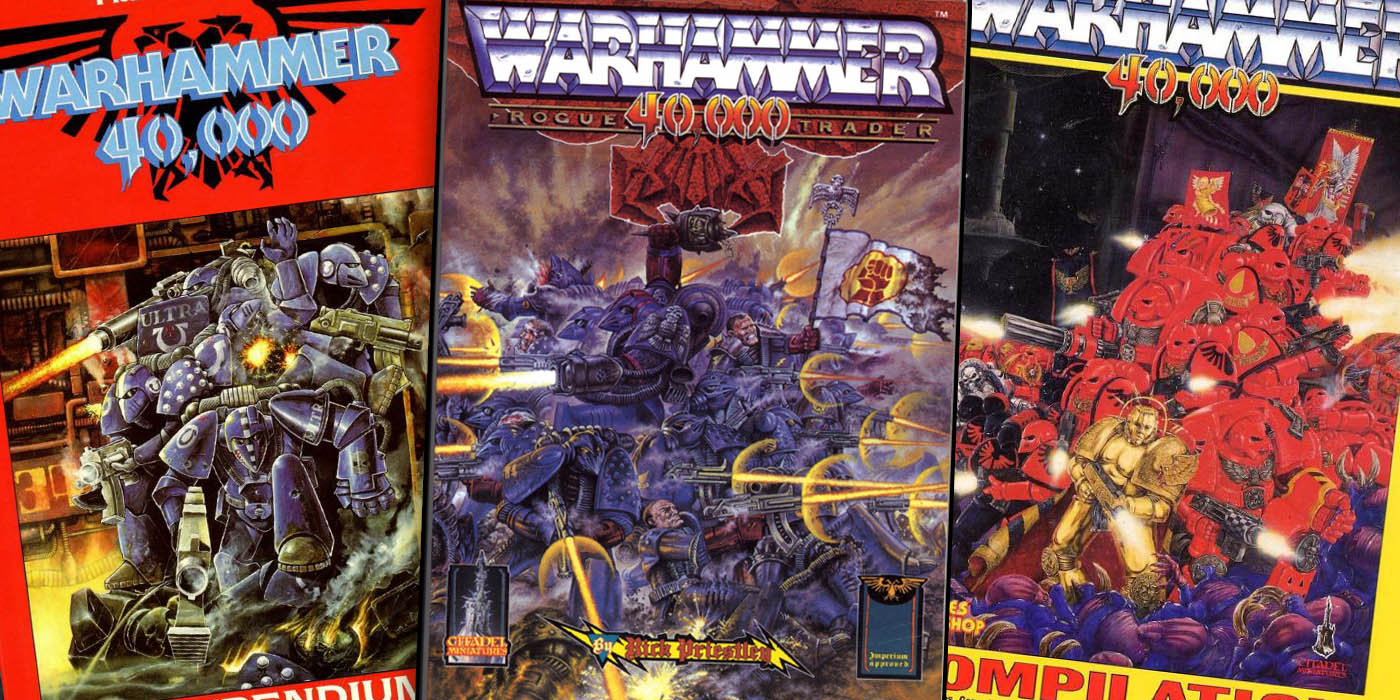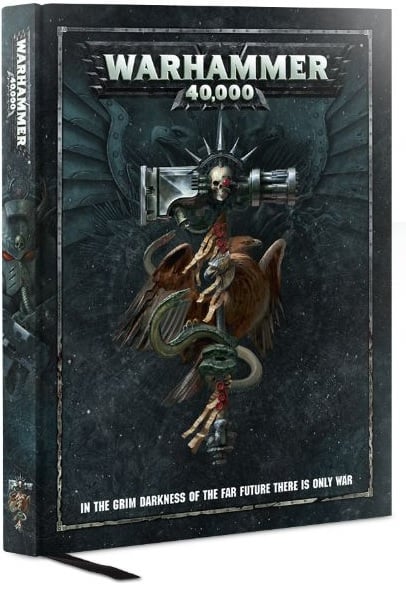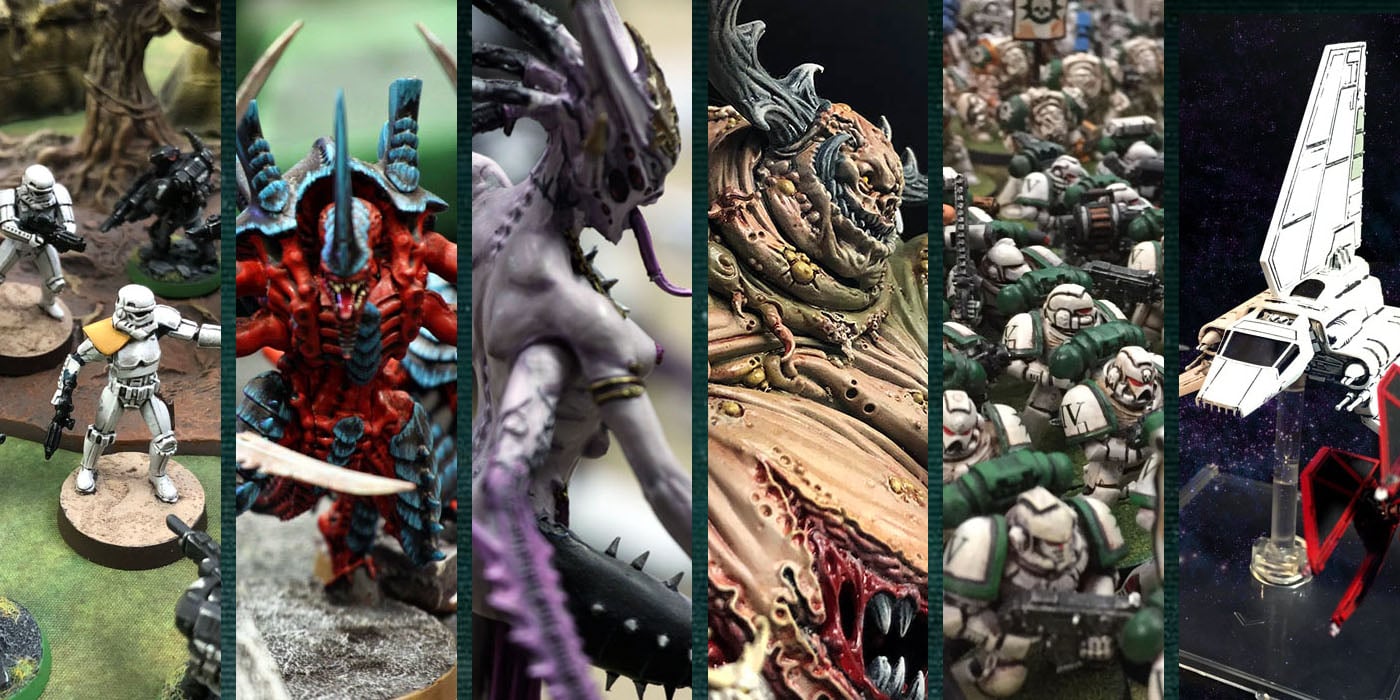40K Deep Thought: To Grow the Game, GW Will Need to Grow the Minis
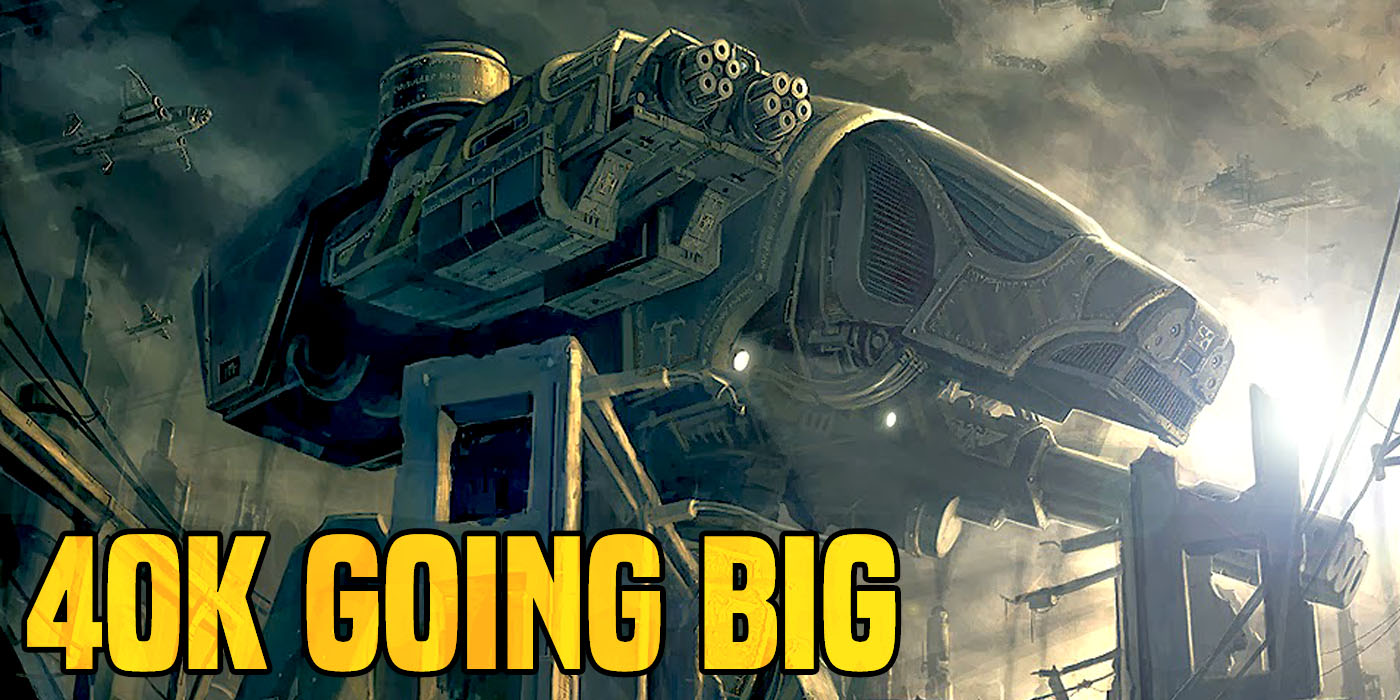

Warhammer 40,00 has been getting bigger and bigger each year – but the game is hitting the edge of what the current minis can handle.
Warhammer 40,000 is over 30 years old now. It started with very humble roots. Jus a handful of models per side was all you needed to get going with Rogue Trader in the late 1980s.
This is completely normal. Even today in 2019, we see more small model skirmish games out from every company out there. Have you tied to count all the skirmish games in the industry right now? It’s CRAZY! What normally occurs is games start small, sink or swim – and the successful ones who make it to a 2nd or third edition give up their skirmish roots and grow into a company sized game. Probably less than 1 in 10 make it this far.
What’s the reason – commerce. These companies are all about selling you minis, and skirmish games have self-enforced limits of what you need to buy. If you’re miniarues game sticks around, you need to expand it to get your players to buy more minis. But what happens when a game gets to say… for example… 8 Editions.
Upward Growth
GW has slowly grown the game over editions. The game has about 25 armies. You can routinely see armies with over 100 models, and sometimes closer to 200. GW has lots of tricks up their sleeves to keep things fresh. Here’s a few techniques any saavy company can use:
- Slowly make older minis/units obsolete
- Replace older minis with fancy new ones
- Regularly introduce new factions
- Allow your game to mix-and match armies within games
- Keep your rules and meta dynamic to promote constant change in what players want
Any of these sound familiar?
But there are limits. Eventually we start hitting hard limits like playtime, size of tables, and realistic model-counts. At the end of the day, people want 2-3 hour games and the industry has settled on 4’x4′ and 4’x6′ tables. At some point if you want bigger games, and you don’t want to make players use 4’x10′ tables or play 6 hour games (that’s Apocalypse territory), or play with 300 minis – you need to start making two things happen:
- Streamlined rules to allow more units to interact in the same amount of time
- Bigger, more expensive miniatures (pts and dollars)
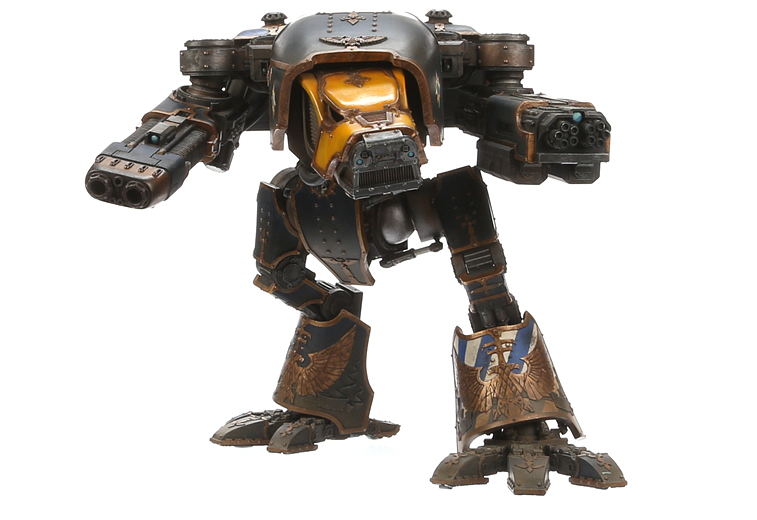 Totally doable in plastic – but how much?
Totally doable in plastic – but how much?
Go Big
And that is where I’m really interested in where GW is going of late. Several editions ago, things like a Baneblade or a Knight on the tabletop would mean a special “big game” with player permission required. Now it’s commonplace. You only have to look at the last couple years of both Age of Sigmar and 40K to see the big kits that are coming our way. I have a feeling the trend will continue, and we will continue to see bigger and bigger “centerpiece minis” coming to every army in greater numbers.
From a technical point of view, the largest plastic kits show that if GW wanted to, they could do all but the hugest Forge World models in modern-hyper-detailed plastic. Certainly scout titans and below are completely doable – it’s just a matter of will. Very large plastic scale models are not a new thing.
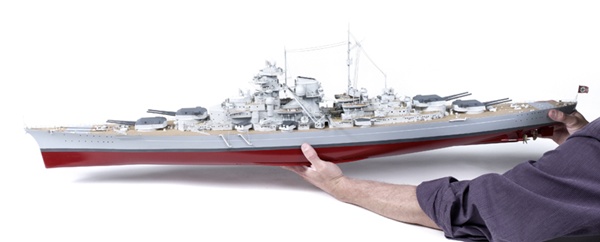 Trumpeter’s 1:200 scale plastic ship models have been available for years as an industry example.
Trumpeter’s 1:200 scale plastic ship models have been available for years as an industry example.
An Question of Scale…
But what would the game look like? At some point the game becomes not so much hero-hammer, but giant robo-hammer, more in common with old EPIC. That game revolved around the handful of titans on each side with their armies there for support and to deal with the other guy’s “popcorn” units.
I did love EPIC and thought it was one of the best games GW ever made. 20 years later it feels like that where 40K may be headed – just not at 6mm, but 32mm.
~What do you think about the future of large kits and where should GW draw the line for codex units?

